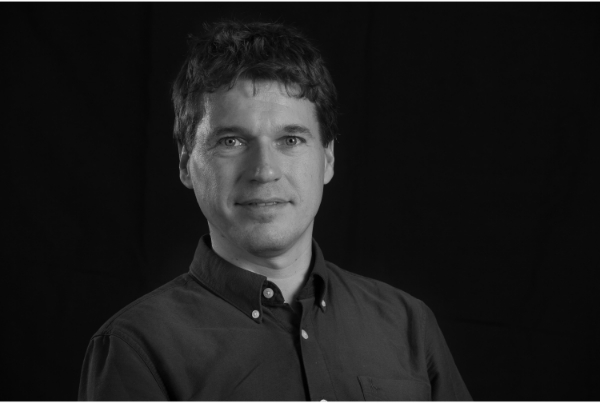Mark Gieles obtained his PhD in 2006 from Utrecht University in the Netherlands under the supervision of Prof Henny Lamers and Prof Simon Portegies Zwart. He then moved to the European Southern Observatory (ESO) in Chile as a research fellow and support astronomer on the Very Large Telescope (VLT) at Cerro Paranal in the Atacama desert. In 2009 he won a Royal Society University Research Fellowship (URF) which he took up at the Institute of Astronomy of the University of Cambridge and in 2013 he moved it to the University of Surrey, where he started a new astrophysics research group. From 2013 to 2019 he was PI of a Starting Grant of the European Research Council (ERC) and since 2017 he is a member of the editorial board of Monthly Notices of the Royal Astronomical Society (MNRAS), one of the leading peer-reviewed journals in astronomy and astrophysics.
